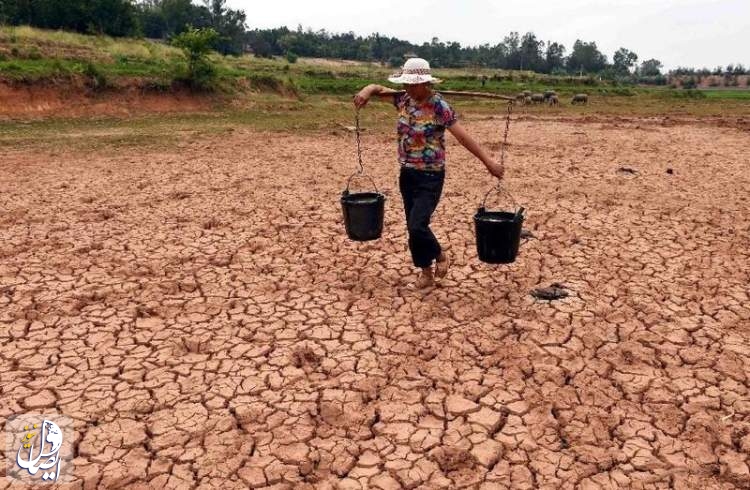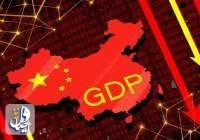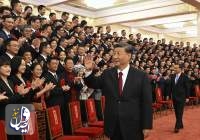A drought in China is threatening food production, prompting the government to order local authorities to take all available measures to ensure crops survive the hottest summer on record.
- 'Heat storm' stretches into southern Europe
- New York comes under air quality alert amid Canadian wildfires
- Tens of thousands at risk from flooding after Ukraine dam collapse
- Death toll in train collision in India rises to over 280
- UN says organised crime shifting drugs routes in Southeast Asia
- 5 brave Iranian border guards were martyred at the Saravan border crossing in Iran
- At least 8 people killed by gunman at Texas mall
- Sudanese face ‘shocking’ delays, no aid at Egypt border
- An earthquake shakes Mashhad
- At least 78 people have been killed in a crush at a school in Yemen’s capital, Sanaa








